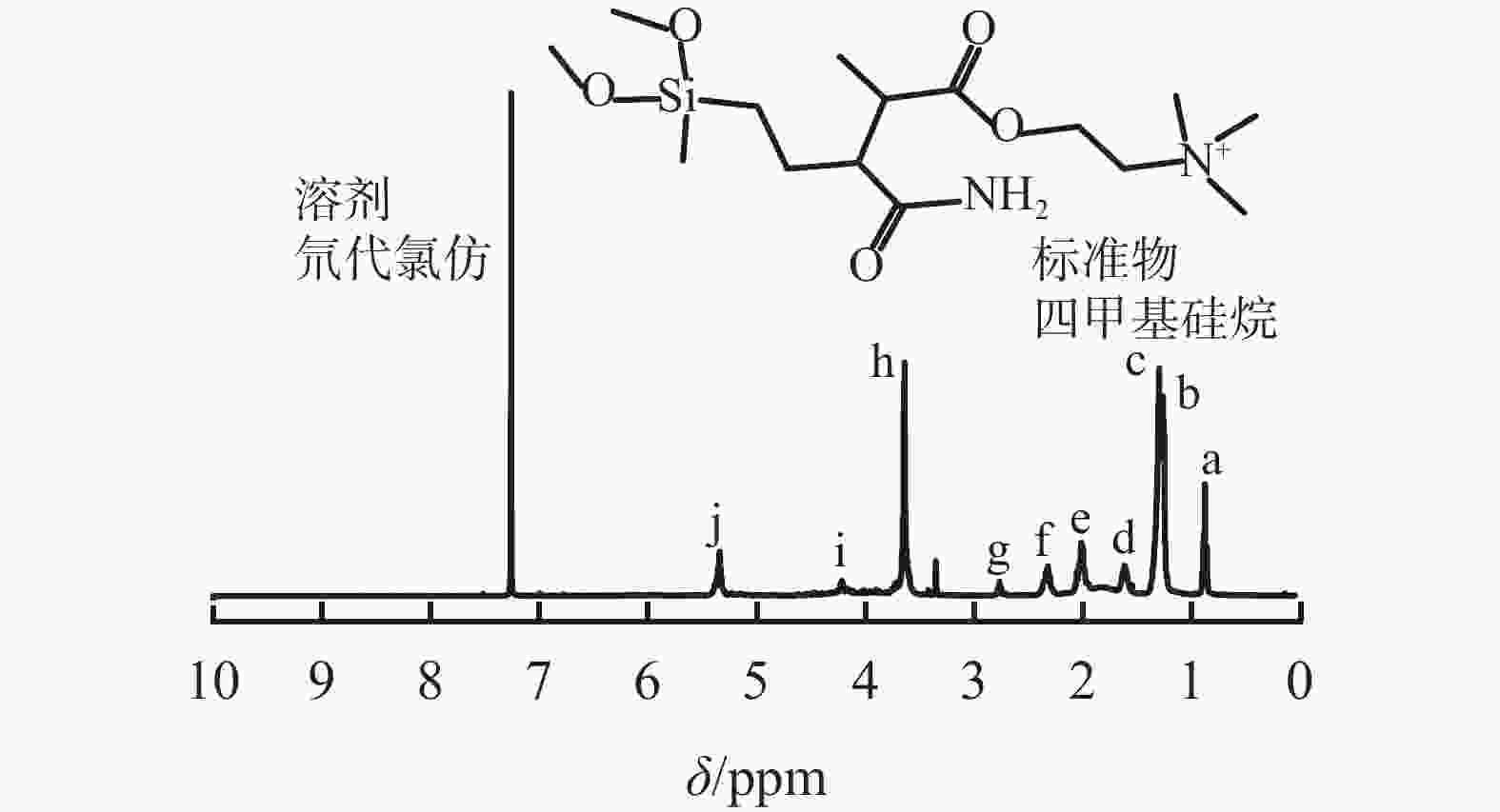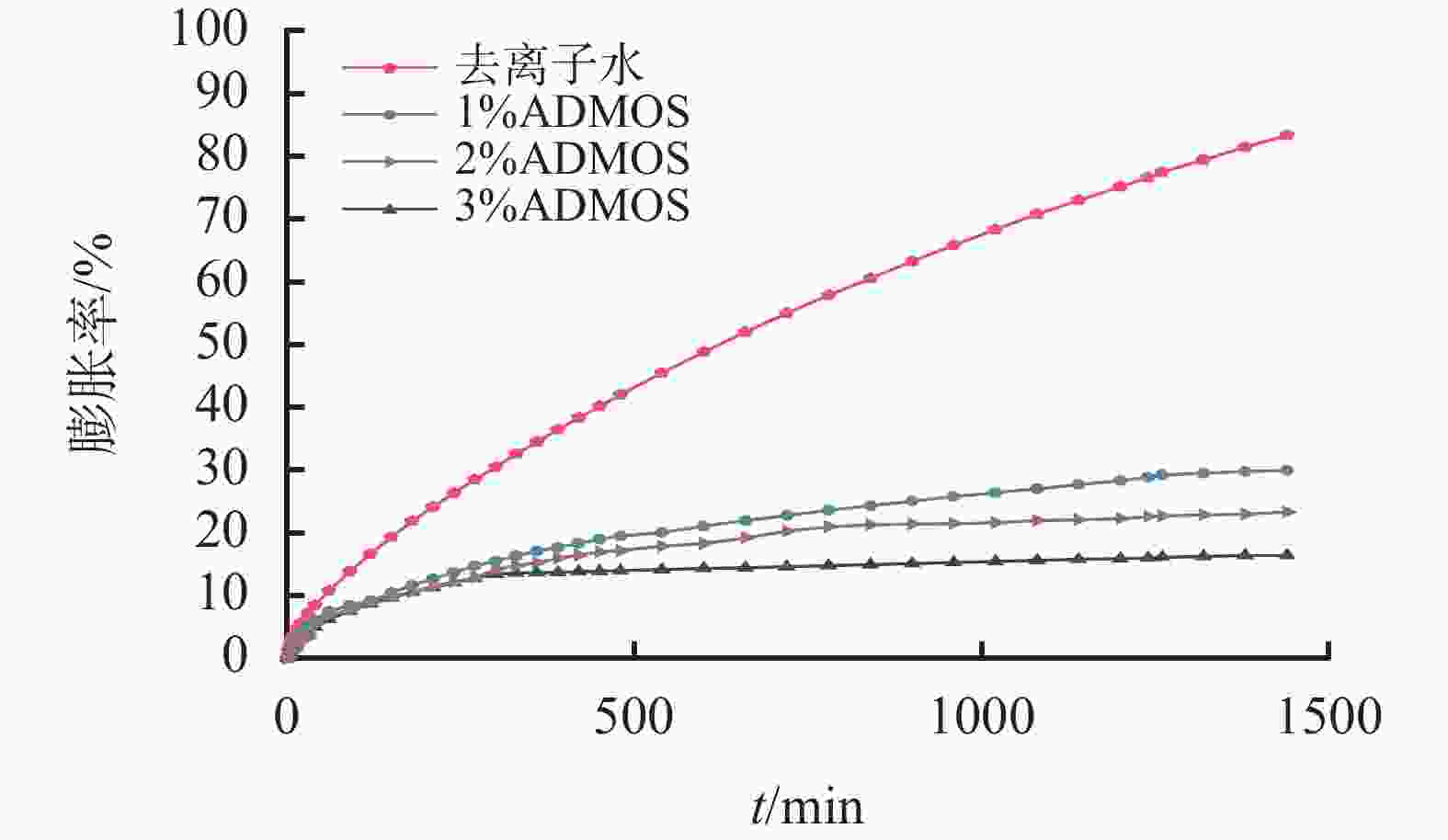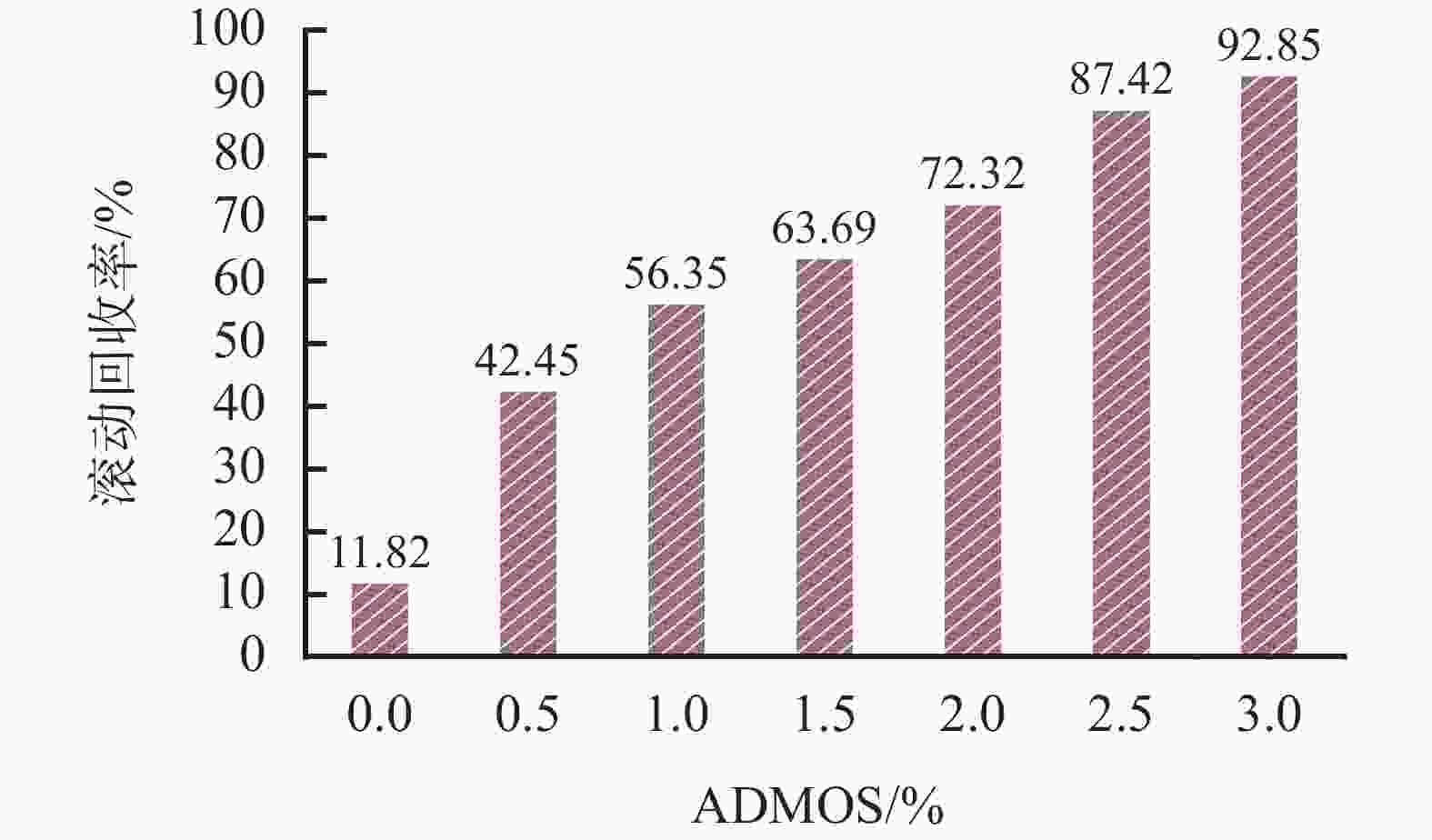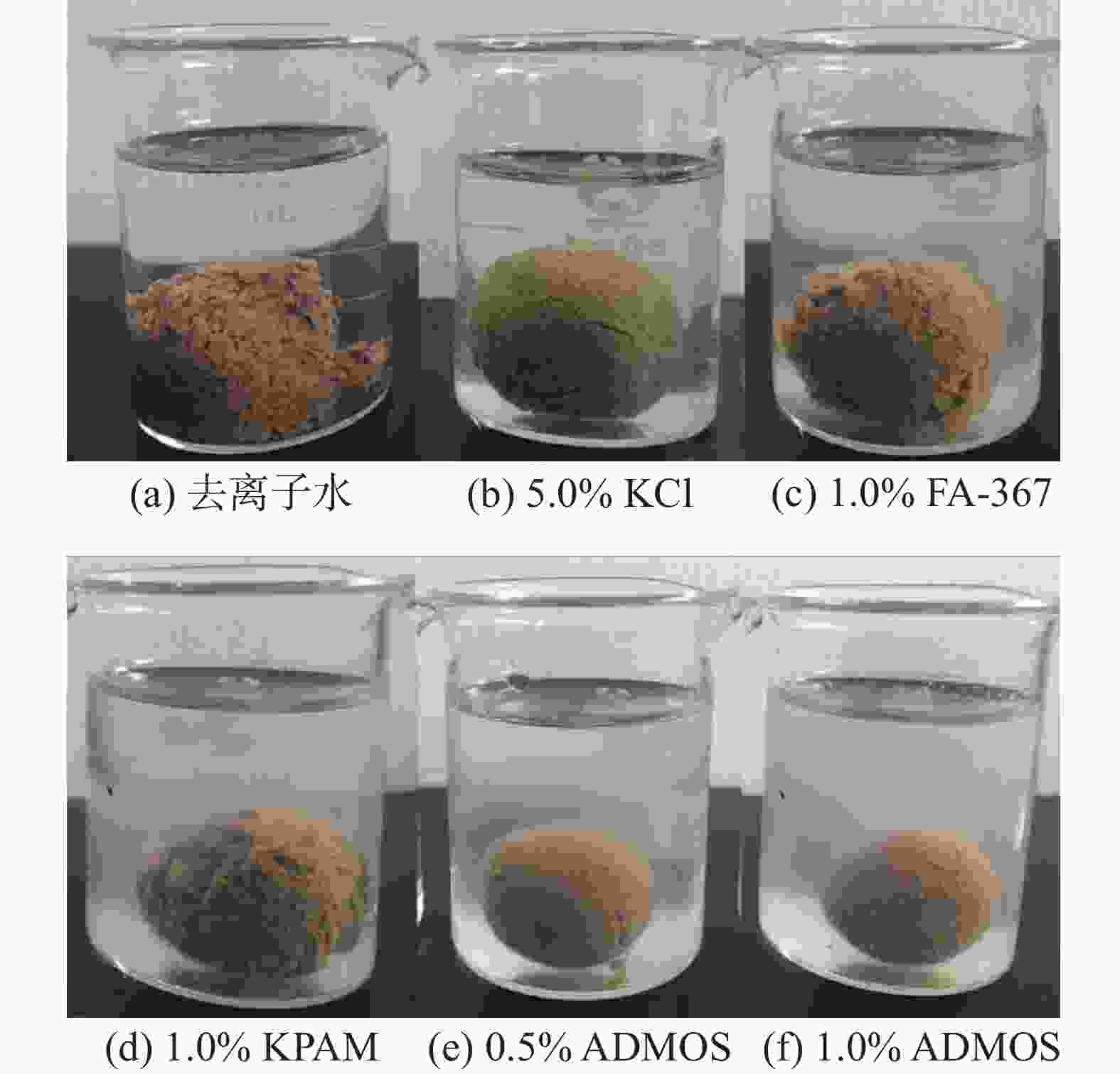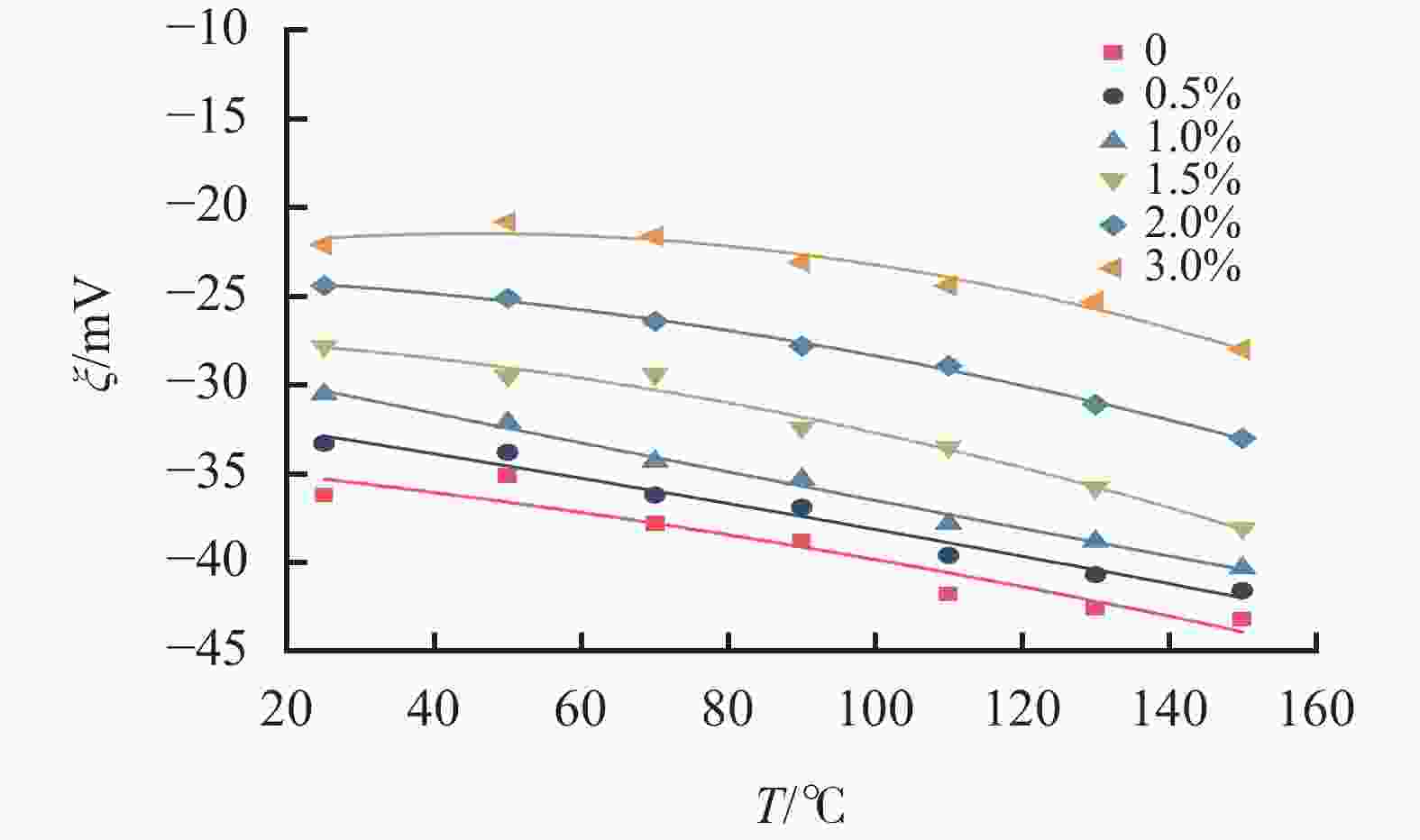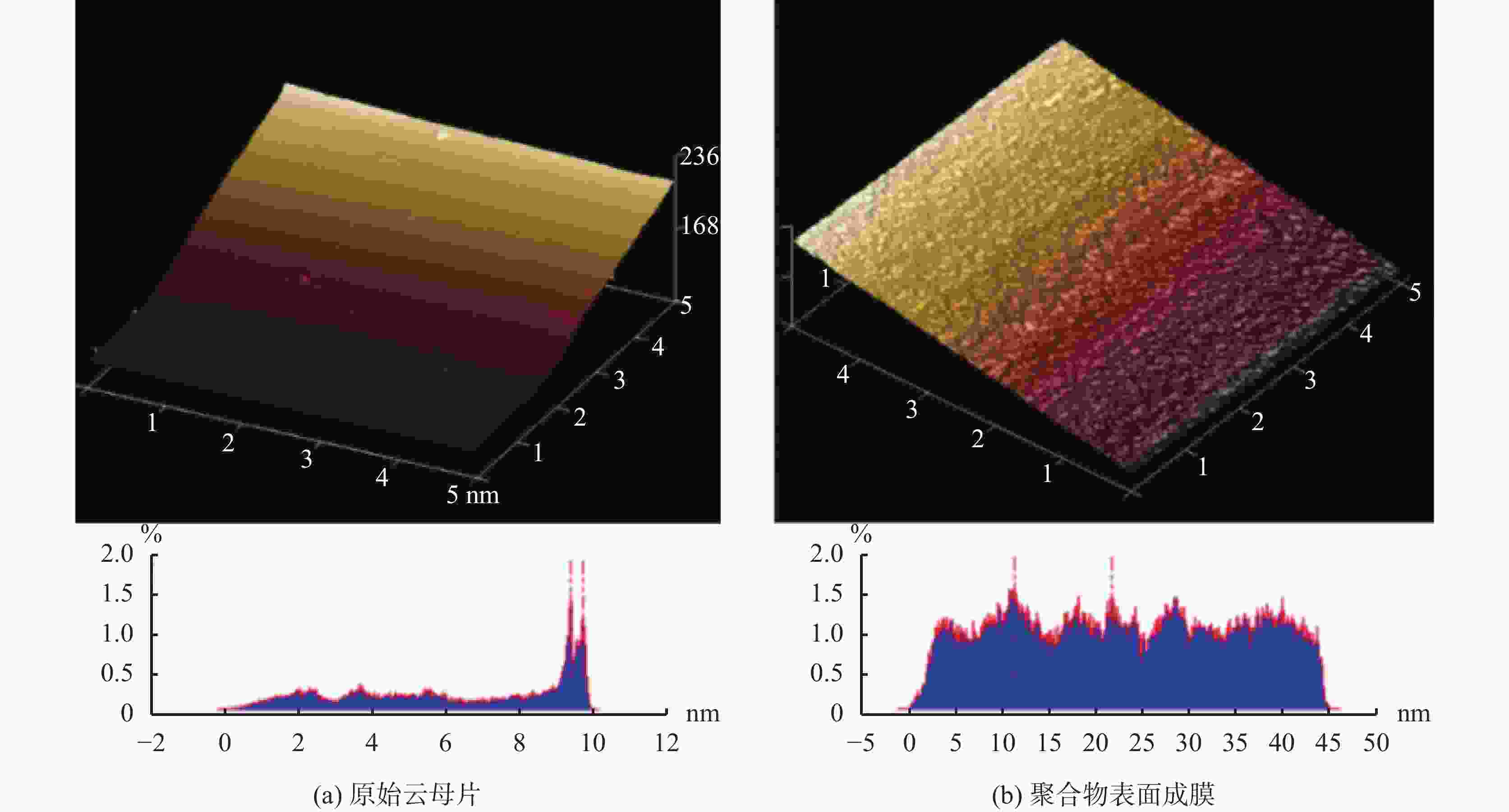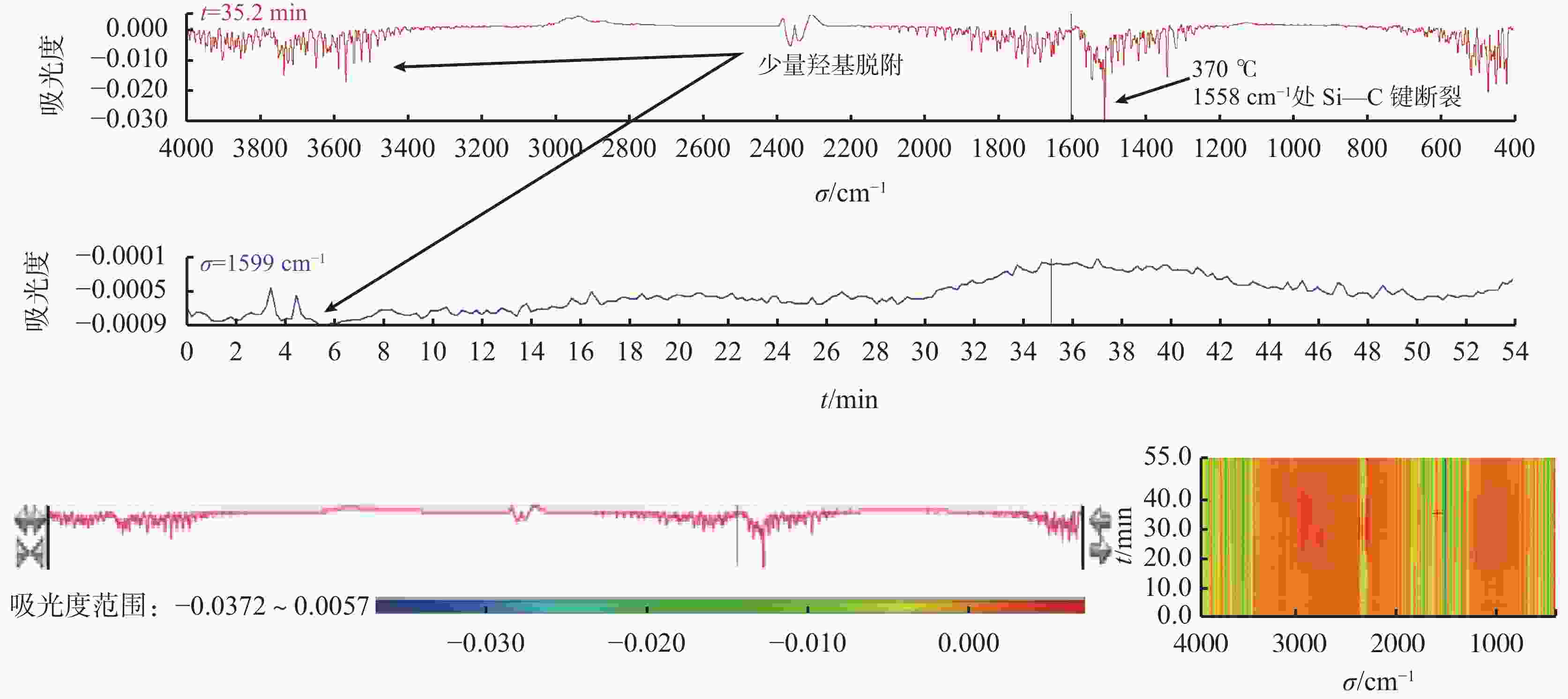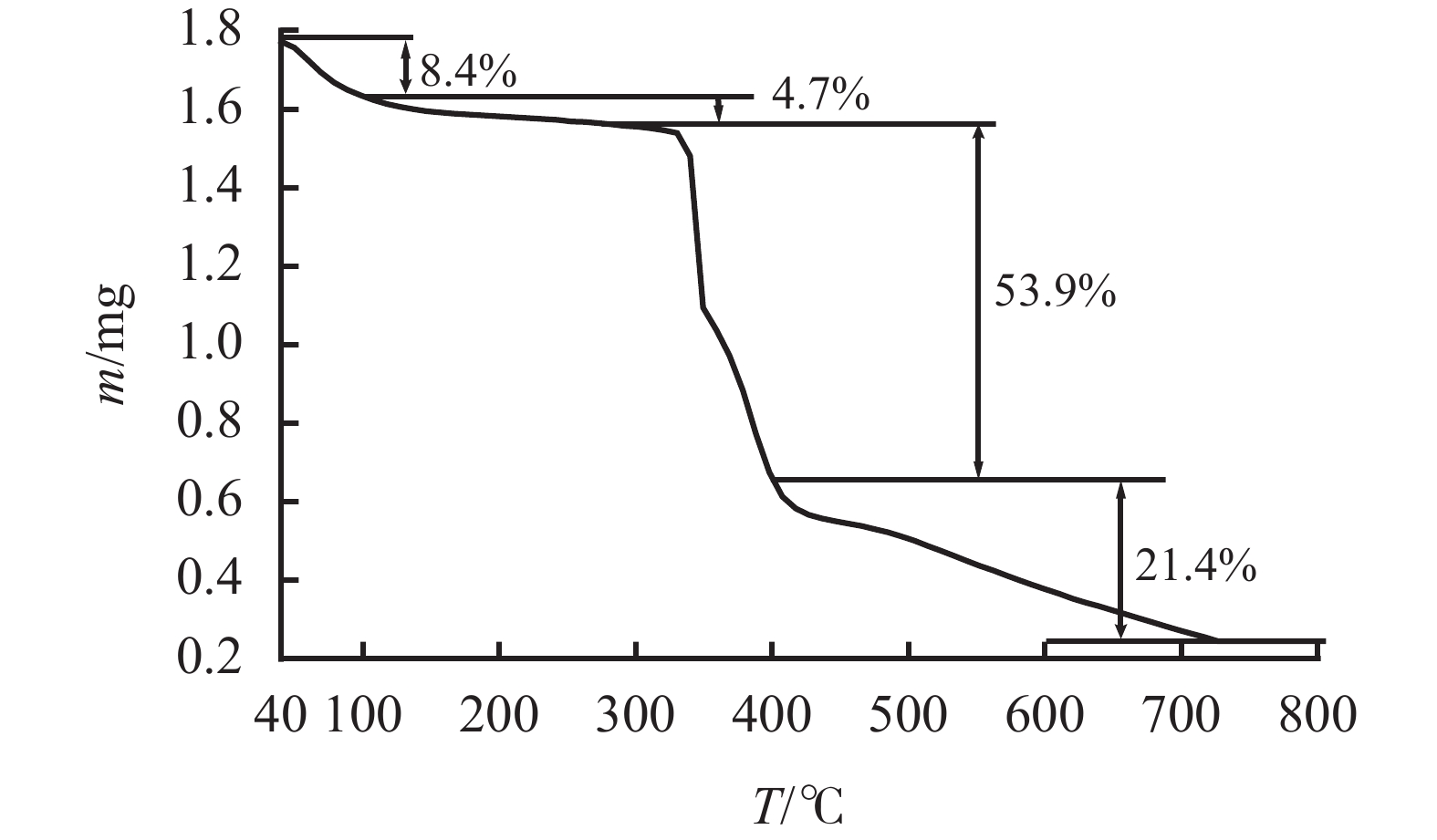The Synthesis and Evaluation of a High Temperature Organosilicate Polymer with High Inhibitive Capacity
-
摘要: 为解决有机硅官能团在合成过程中易水解和易缩聚交联的技术难题,以2, 2-偶氮二异丁腈(ABIN)为引发剂,采用了丙烯酸(AA)、二甲氧基甲基乙烯基硅烷(VMDS)、甲基丙烯酰氧乙基三甲基氯化铵(DMC)为反应单体并进行了乳液聚合反应,合成了一种新型有机硅酸盐聚合物(ADMOS)。ADMOS的最优合成条件为:单体物质的量比AA∶DMC=3∶1、VMDS加量为单体总质量的5.0%、ABIN浓度为0.3%、反应温度为70 ℃,反应单体总浓度为25%,pH值为5。采用核磁共振氢谱(1H-NMR)、热重分析(TGA)、凝胶色谱法(GPC)确定了产物的分子结构,TGA表明ADMOS具有优异的热稳定性。分别通过线性膨胀实验、滚动回收实验和泥球浸泡实验评价了ADMOS的性能,结果显示,当ADMOS加量为3.0%时,人造膨润土岩心的线性膨胀率由水中的83.37%降低至16.57%、页岩岩屑的回收率由水中的11.82%增高至92.85%。泥球实验结果表明,ADMOS可有效地防止水分子侵入泥球内部,从而抑制黏土颗粒的水化分散。通过Zeta电位、X射线衍射(XRD)、元素分析(EDS)、原子力显微镜(AFM)和红外-热重联用实验,从微观角度揭示了ADMOS的抑制作用机理。Abstract: Hydrolysis and polycondensation (and hence crosslinking) of the organosilicon functional group in synthesis reactions is a technical problem that is often encountered. To solve this problem, a new organolsilicate polymer (ADMOS) was developed through emulsion polymerization with monomers such as acrylic acid (AA), vinylmethyldimethoxysilane (VMDS) and methacryloxy ethyl trimethyl ammonium chloride (DMC). 2,2'-azobis(isobutyronitrile) (ABIN) was used as initiator in the polymerization reaction. The optimum synthesis conditions are: molar ratio of the monomers AA∶DMC = 3∶1, the concentration of VMDS id 5.0% of the total mass of the monomers, the concentration of ABIN = 0.3%, the reaction temperature = 70 ℃, the total concentration of the monomers = 25%. and pH = 5. Using 1H-NMR, TGA and GPC, the molecular structure of ADMOS was determined. TGA measurement showed that ADMOS has excellent thermal stability. The inhibitive capacity of ADMOS was tested using linear expansion test, hot rolling test and mud ball immersion test. Liner expansion test results showed that the linear rate of expansion of clay cores was reduced from 83.37% measured by immersing the cores in water to 16.57% measured by immersing the clay cores in 3% ADMOS solution. Hot rolling test with water and 3% ADMOS solution showed that the percent recovery of shale cuttings was increased from 11.82% to 92.85%. Mud ball test showed that ADMOS can effectively hinders the invasion of water molecules into the interior of the mud balls, thereby inhibiting the hydration and dispersion of the clays. The inhibition mechanisms of ADMOS were revealed from a microscopic perspective through Zeta potential measurement, XRD, EDS, AFM and combined IR-TGA analyses.
-
Key words:
- Inhibitor /
- Water base drilling fluid /
- High temperature /
- Film formation /
- Organosilicate polymer
-
表 1 ADMOS的相对分子质量
重均分子量
Mw数均分子量
MnZ均分子量
Mz最高位峰的
分子量MpZ+1均分子
量Mz+1分散指数D
Mw/Mn3994 2851 5139 4099 6348 1.400 607 -
[1] 王波,孙金声,申峰,等. 陆相页岩气水平井段井壁失稳机理及水基钻井液对策[J]. 天然气工业,2020,40(4):104-111. doi: 10.3787/j.issn.1000-0976.2020.04.013WANG Bo, SUN Jinsheng, SHEN Feng, et al. Mechanism of wellbore instability in continental shale gas horizontal sections and its water-based drilling fluid countermeasures[J]. Natural Gas Industry, 2020, 40(4):104-111. doi: 10.3787/j.issn.1000-0976.2020.04.013 [2] 邹才能,赵群,丛连铸,等. 中国页岩气开发进展、潜力及前景[J]. 天然气工业,2020,41(1):1-14.ZOU Caineng, ZHAO Qun, CONG Lianzhu, et al. Development progress, potential and prospect of shale gas in China[J]. Natural Gas Industry, 2020, 41(1):1-14. [3] JIANG Guancheng, QI Yourong, AN Yuxiu, et al. Polyethyleneimine as shale inhibitor in drilling fluid[J]. Applied Clay Science, 2016, 127-128:70-77. doi: 10.1016/j.clay.2016.04.013 [4] 康毅力,陈强,游利军,等. 钻井液作用下页岩破裂失稳行为试验[J]. 中国石油大学学报(自然科学版),2016,40(4):81-89.KANG Yili, CHEN Qiang, YOU Lijun, et al. Laboratory studies of shale fracturing behaviors with rock-drilling fluid interactions[J]. Journal of China University of Petroleum( Edition of Natural Science) , 2016, 40(4):81-89. [5] LUO Zhihua, WANG Longxiang, YU Peizhi, et al. Experimental study on the application of an ionic liquid as a shale inhibitor and inhibitive mechanism[J]. Applied Clay Science, 2017, 150:267-274. doi: 10.1016/j.clay.2017.09.038 [6] JIA Han, HUANG Pan, WANG Qiuxia, et al. Investigation of inhibition mechanism of three deep eutectic solvents as potential shale inhibitors in water-based drilling fluids[J]. Fuel, 2019, 244:403-411. doi: 10.1016/j.fuel.2019.02.018 [7] ZHANG Fan, SUN Jinsheng, CHANG Xiaofeng, et al. A novel environment-friendly natural extract for inhibiting shale hydration[J]. Energy & Fuels, 2019, 33(8):7118-7126. [8] 潘一,廖松泽,杨双春,等. 耐高温聚胺类页岩抑制剂的研究现状[J]. 化工进展,2020,39(2):686-695.PAN Yi, LIAO Songze, YANG Shuangchun, et al. Research on high temperature resistant polyamine shale inhibitors[J]. Chemical Industry and Engineering Progress, 2020, 39(2):686-695. [9] 吴雄军,赵琳,林永学,等. 页岩水平井环保型多硅基水基钻井液技术[J]. 石油与天然气化工,2021,50(2):72-76. doi: 10.3969/j.issn.1007-3426.2021.02.012WU Xiongjun, ZHAO Lin, LIN Yongxue, et al. Environmental friendly water-based drilling fluid using multiple silicon treatment agents for horizontal wells in shale reservoir[J]. Chemical Engineering of Oil & Gas, 2021, 50(2):72-76. doi: 10.3969/j.issn.1007-3426.2021.02.012 [10] 孙金声,汪世国,张毅,等. 水基钻井液成膜技术研究[J]. 钻井液与完井液,2003(6):9-13.SUN Jinsheng, WANG Shiguo, ZHANG Yi, et al. Study on membrane generating technology of water-based drilling fluid[J]. Drilling Fluid & Completion Fluid, 2003(6):9-13. [11] 白小东,蒲晓林. 水基钻井液成膜技术研究进展[J]. 天然气工业,2006(8):75-77. doi: 10.3321/j.issn:1000-0976.2006.08.023BAI Xiaodong, PU Xiaolin. Evolution of membrane forming technology of water-based mud[J]. Natural Gas Industry, 2006(8):75-77. doi: 10.3321/j.issn:1000-0976.2006.08.023 [12] XU Yingjun, YIN Hong, YUAN Shenfeng, et al. Film morphology and orientation of amino silicone adsorbed onto cellulose substrate[J]. Applied Surface Science, 2009, 255(20):8435-8442. doi: 10.1016/j.apsusc.2009.05.149 [13] KRUMPFER JOSEPH W, MCCARTHY THOMAS J. Rediscovering silicones: "unreactive" silicones react with inorganic surfaces[J]. Langmuir, 2011, 27(18):11514-11519. doi: 10.1021/la202583w [14] CHU Qi, LIN Ling, SU Junlin. Amidocyanogen silanol as a high-temperature-resistant shale inhibitor in water-based drilling fluid[J]. Applied Clay Science, 2020, 184:105396. doi: 10.1016/j.clay.2019.105396 [15] ZHANG Fan, SUN Jinsheng, DAI Zhi, et al. Organosilicate polymer as high temperature Resistent inhibitor for water-based drilling fluids[J]. Journal of Polymer Research, 2020, 27(5):1-13. [16] MAO Hui, QIU Zhengsong, SHEN Zhonghou, et al. Hydrophobic associated polymer based silica nanoparticles composite with core–shell structure as a filtrate reducer for drilling fluid at utra-high temperature[J]. Journal of Petroleum Science and Engineering, 2015, 129:1-14. doi: 10.1016/j.petrol.2015.03.003 [17] MUELLER R, KAMMLER H K, WEGNER K, et al. OH surface density of SiO2 and TiO2 by thermogravimetric analysis[J]. Langmuir, 2003, 19(1):160-165. doi: 10.1021/la025785w -




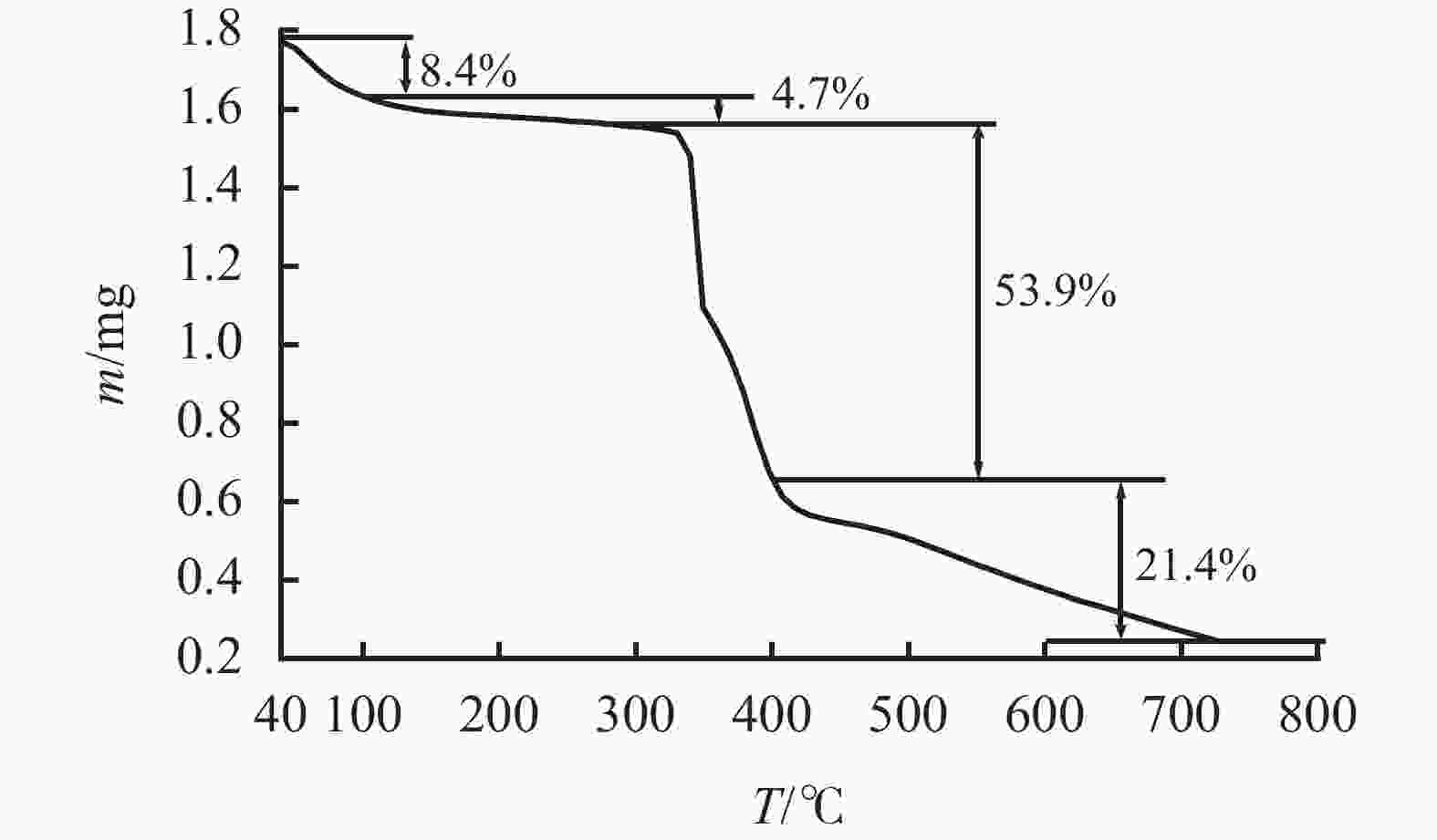
 下载:
下载:
